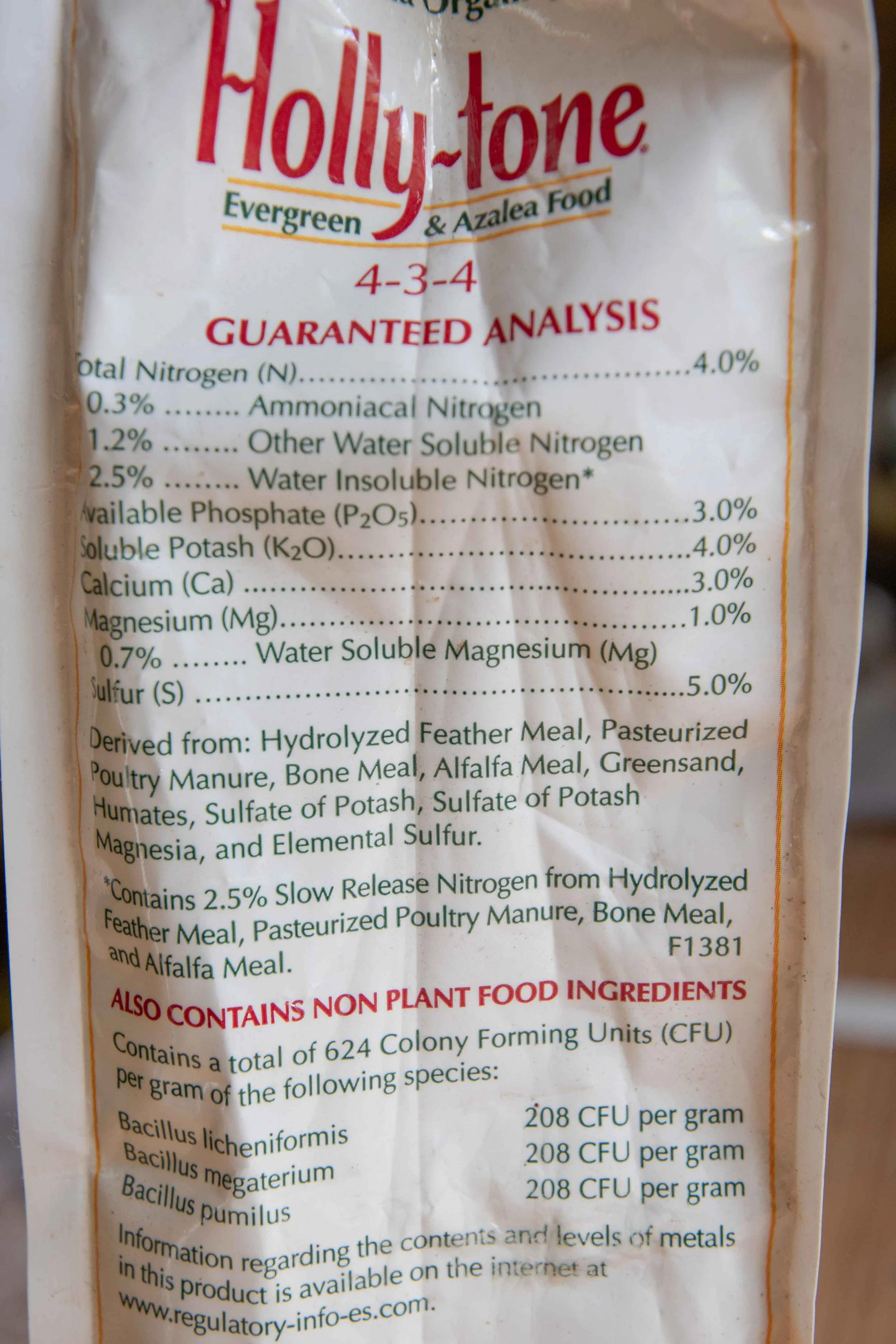by Mark Levisay
Without a doubt tomatoes are the most commonly grown garden plants. Nothing beats the flavor of a home grown tomato picked fresh from the garden—especially after eating the ones offered at the grocery store. Seed catalogs give you lots of options for starting your own plants and garden centers usually have dozens of varieties ready to go right into your garden. With all of these choices available, how can you choose the right ones for you?
How much room do you have?
Tomatoes come in all sizes. They are usually classed in three groups 1. midget, patio or dwarf, 2. determinate and 3. indeterminate. These descriptions refer to their growth habit and may affect your varietal choice depending on how much room you have for tomatoes in your garden. The smallest tomatoes are designed for pots or containers and probably won’t need much if any support. Determinate plants will only grow to a set height (usually 3-4’) and then stop. They usually need some type of caging or staking, but not as much as the indeterminate types. Indeterminate tomatoes are the ones that get big—continuing to grow through the season until killed by frost or disease. They’ll need tall stakes or heavy duty cages for support.
Big Beef tomatoes tied up to supports.
How are you going to use them?
Choosing the varieties of tomato for your garden is hard because there are so many choices available! It seems like tomatoes come in every size and color, so deciding what you want to use the fruit for will help with your decision. Cherry and “grape” tomatoes are great in salads. Most slicers and beefsteaks are great for general eating or putting on your BLT at lunch! Paste tomatoes are often used for canning or sauce production, though I make salsa and spaghetti sauce out of slicers.
Heirloom varieties
If you’ve never grown tomatoes in your garden before, consider trying an “heirloom” variety. These are usually older varieties passed down through the generations and prized for their flavor. Many are not disease resistant, so if you’ve grown tomatoes before you may have trouble with them as the disease fungal spores can survive in garden soil for up to five years.
Disease resistance is critical
In my garden, where I’ve grown tomatoes for 30 years, I look for the most disease resistant varieties I can find. Many seed catalogs will list the disease resistance (using the abbreviations from the list of diseases below) in the description of each variety. Generally the more letters listed in the description the better! For example, in my Park Seed catalog the Better Boy Hybrid is listed as V/F1/N/A/St, giving you an idea of its general disease resistance.
Unfortunately, there are a lot of diseases that affect tomatoes. Eight of them are fungal in nature and will persist in your soil from year to year. Early Blight (As), Late Blight (LB), Anthracnose (An), Fusarium Wilt (races 1,2,3 F1 F2 F3), Verticillium Wilt (V), Alternaria stem canker/crown wilt (A), Stemphylium gray leaf spot (St) and Septoria leaf spot (L). You also have Tobacco Mosaic virus (T), Spotted Wilt virus (Swv), Bacterial Wilt (B) and Bacterial Speck (Pst).
In addition to choosing the right variety, there are some tricks in how you grow the plants in your garden that help a lot, and we’ll explore that at length next time.
And remember, regardless of size, all tomatoes are tender annuals that require full sun and won’t tolerate frost at all.
Lemon Boy tomatoes ripening in late summer.
My tomato choices
This year in my garden I’m going to grow four different tomatoes. I’m growing Sweet Million Hybrids, a red cherry variety that is indeterminate with F/N/L/T resistance. This variety is very vigorous and usually grows taller than the poles I use (8’ 2x2” posts). Next is a red grape tomato we’ve come to love, called Juliet Hybrid which is a resistant, indeterminate type that will climb the pole and then climb back to the ground and look for the next pole down the row to climb back up on! I grow Lemon Boy Hybrid yellow tomatoes which seem to have good disease resistance, maybe a little less acid than the red tomatoes and are indeterminate. They make really good yellow salsa! My main red slicer is the Big Beef Hybrid, a former AAS winner. These indeterminate plants have excellent disease resistance and produce loads of baseball to softball size fruits.
Next time I’ll review growing methods to get the most out of your tomato patch.
Have a garden question? Send me an email at marklevisay@gmail.com.






